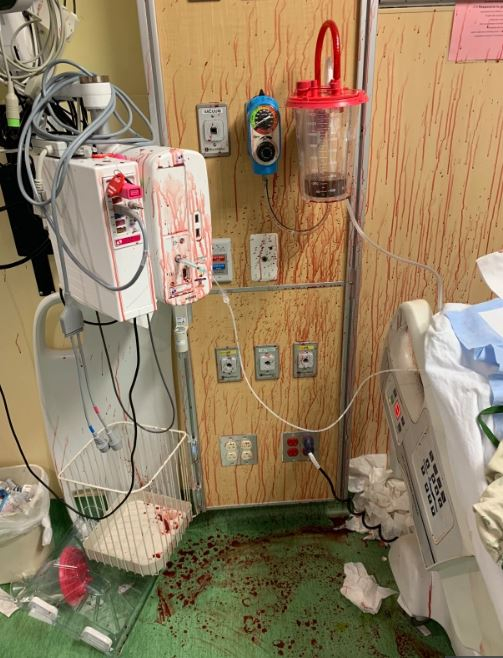Theory of a friend of mine is that a lot of covid patients that are intubated are just lacking oxygen cause they are hyperventilating from panicking.
I guess that’s absolutely not true, but still wanted to hear some opinions on it.
He’s saying long term symptoms have probably just a mental cause too btw
I guess that’s absolutely not true, but still wanted to hear some opinions on it.
He’s saying long term symptoms have probably just a mental cause too btw
Last edited:

